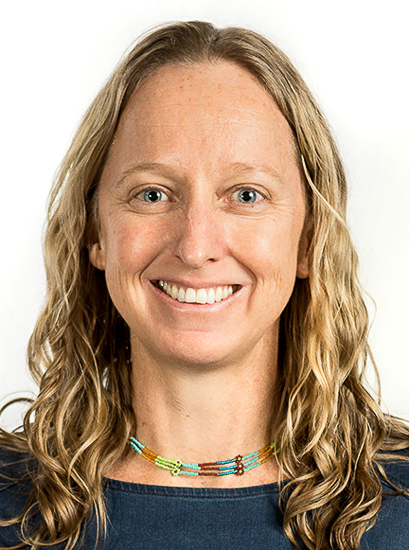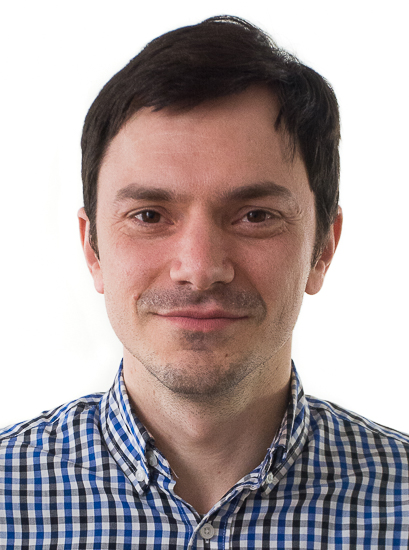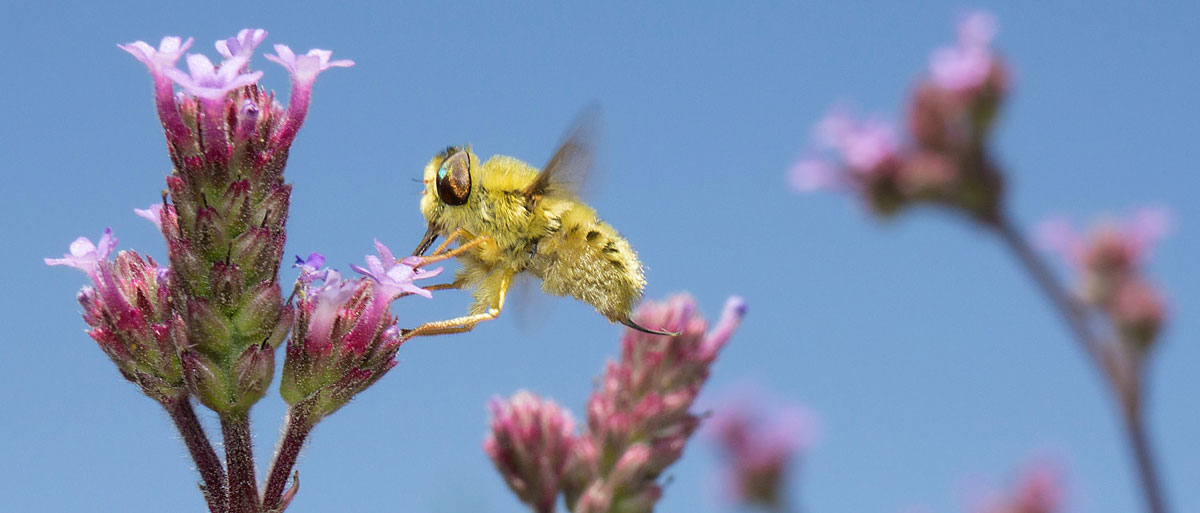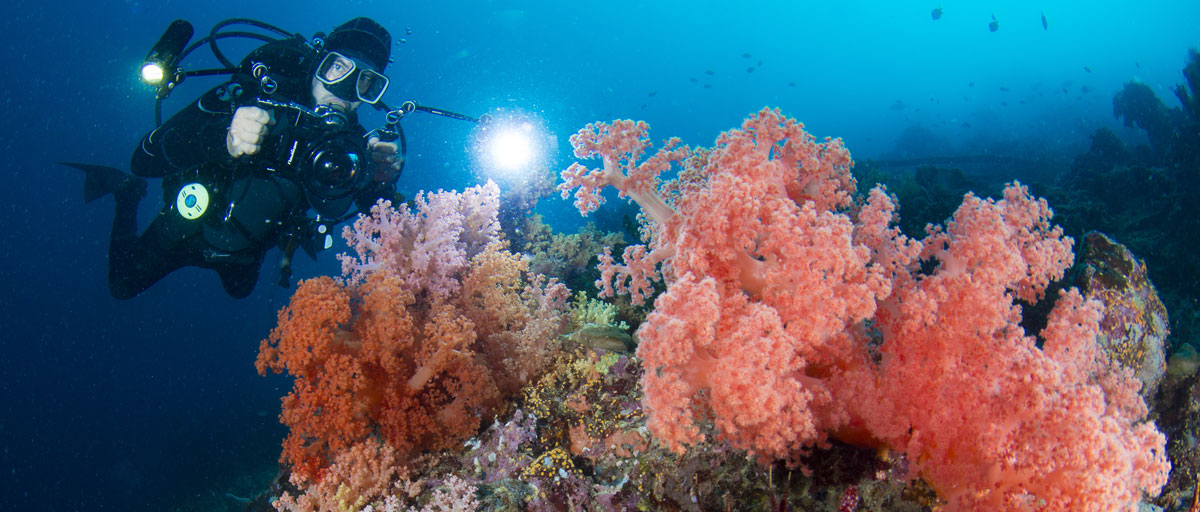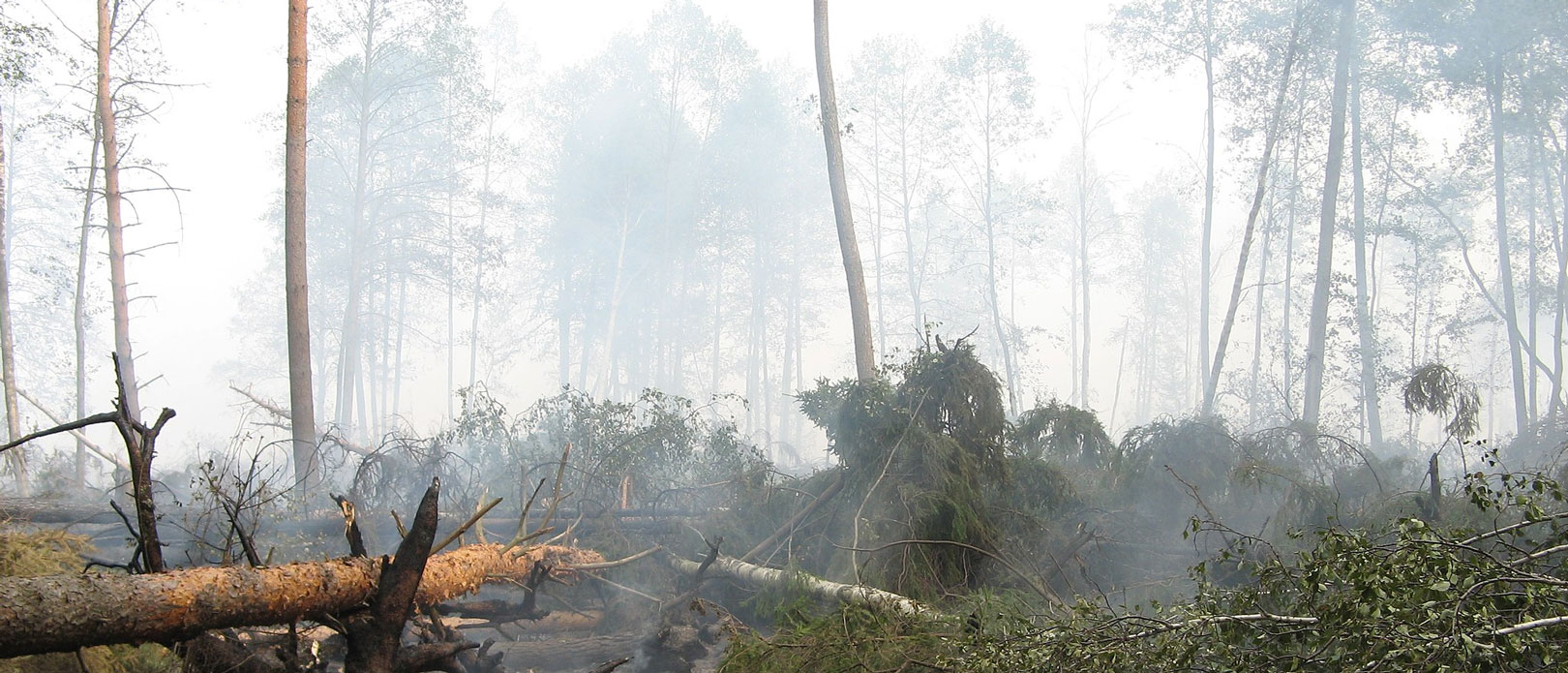BIODIVERSITY
Why biodiversity matters
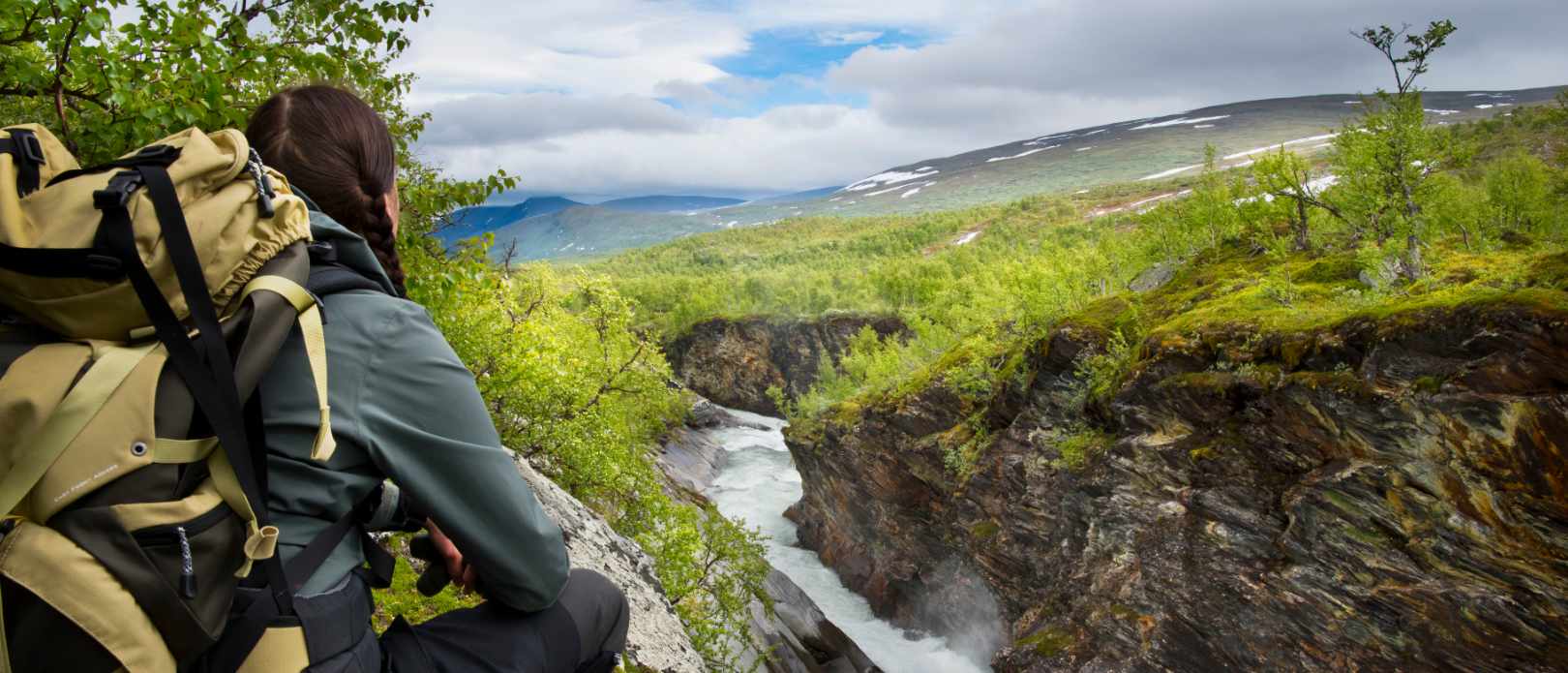
We are part of nature, so we must be part of the solution for biodiversity loss and climate change. This is the main message of the 2021 International Day for Biodiversity. Photo: M. Eriksson/Azote
To celebrate International Day for Biodiversity centre researchers Belinda Reyers and Robert Blasiak explain why biodiversity is important and what we need to do to save what is left
- International Day for Biodiversity 2021 is being celebrated under the slogan: "We're part of the solution #ForNature”
- Belinda Reyers and Robert Blasiak play a key role in the centre’s biodiversity research and policy work
- They give insight into what for them are the most important issues and leverage points for the coming years
IMPORTANT BUT INTANGIBLE: Human activities are driving biodiversity loss and nature degradation, but we can act to turn things around. We’re part of nature, so we must be part of the solution for biodiversity loss and climate change.
This is the main message of the 2021 International Day for Biodiversity, which this year is being celebrated under the slogan: "We're part of the solution #ForNature”.
But why is it important that we reconnect to the biosphere? Why is communicating biodiversity’s key role so hard? And how do we move forward from a difficult 2020 and 2021?
We talk to two thought leaders who are heavily involved in the centre’s biodiversity research and policy work.
Among many other accolades, centre senior advisor Belinda Reyers is coordinating lead author of the Intergovernmental Platform on Biodiversity and Ecosystem Services (IPBES) Africa and Global Assessment work, the intergovernmental body which assesses the state of biodiversity and of the ecosystem services it provides to society.
Robert Blasiak heads the centre’s Human Ocean research focus. His recent work has focused on the international negotiations around biodiversity in areas beyond national jurisdiction, particularly with regard to marine genetic resources.
For many people, wildlife is something you watch on television, apart from human life. Why does biodiversity matter, and why is it so important that we reconnect to the biosphere?
Belinda Reyers: Biodiversity is much more than wildlife - it includes the wonderful diversity of wildlife, of plants, animals and microorganisms as well as the array of ecosystems in which those species live and the myriad of functions that take place within those ecosystems like pollination and nutrient cycling.
Biodiversity is not just limited to wild areas, it can be found right on your doorstep.
Belinda Reyers
Biodiversity in this broadest sense matters in so many diverse ways. It matters in moral and ethical ways in the way that both human and non-human life have intrinsic value. It also matters in more material ways in the multitude of benefits it provides to human societies from clean air and water to the pollination of our food crops.
But it matters in very important but often intangible ways in how our interactions with biodiversity shape our identities, our cultures, our relationships, our minds, our mental and physical wellbeing and ultimately our freedoms and choices in ways we often only realise once we lose that connection.
Why is it so hard to communicate the importance of biodiversity?
Robert Blasiak: I think for many of us, biodiversity is a bit abstract – countless beetle species in the Amazon, mysterious animals in the deep sea – something remote, separate, vanishing.
But does that resonate in our daily lives?
As scientists we can do much more to take global agendas and targets like IPBES, SDGs and Aichi and demonstrate their relevance locally in tangible and accessible ways.
Robert Blasiak
What should we be focusing our attention on to reach policy targets like the 2030 SDG biodiversity goals?
Belinda Reyers: The rate at which we are losing biodiversity is simply devastating. In my lifetime alone we have lost more than half the wildlife on the African continent, and that’s from the continent that still has a lot of its biodiversity.
I think many of us in the biodiversity sector don’t quite know where to start to stem this loss.
Belinda Reyers
Policy goals and targets such as the UNs SDGs and the Convention on Biological Diversity (CBD) post-2020 global biodiversity framework are important mechanisms to set a sort of global compact that this is a problem and we need to do something about it.
But if one looks at the findings of the recent IPBES global assessment it is clear that the causes of biodiversity loss sit well outside of the biodiversity sector and reside in our food, urban, financial, political and development systems. Those are the places I think we should be focusing our attention.
Posited to be a ‘super year’ for biodiversity, 2020 (and now 2021) will be remembered for very different reasons. How can we catch up?
Robert Blasiak: Sometimes crisis creates clarity. The optimist in me hopes that this will be some sort of silver-lining from this past year, and that this will lead to a softening of deadlocked negotiating positions and a spirit of compromise. A strong post-2020 global biodiversity framework and a strong treaty for the high seas would be great outcomes this year.
But we need to ensure that commitments and goals are achieved. We can’t forget that none of the Aichi Targets were met, and that global emissions curves are still way off track for a livable world for our children.
The super year isn’t the year we make a bunch of new commitments and goals – the super year is the year that we achieve them.
Robert Blasiak
How is the work of Stockholm Resilience Centre making a difference?
Belinda Reyers: Many of us at the SRC are trying to break down some of the stark distinctions between humans and nature in our work. We want to move towards more intertwined perspectives on sustainable development.
In our efforts to improve human wellbeing and address challenges like food security and poverty, our work is showing that it’s not about choosing between environment and human wellbeing – we are currently making choices that are bad for both.
We need to move ahead with a very clear headed approach to characterising, analysing and testing fundamentally new actions, policies and practices that are good for people and the planet.
Belinda Reyers
Robert Blasiak: I find the work here endlessly inspiring. I have colleagues working on everything from modeling cooperation among small-scale fishers all the way to quantifying the health of the Baltic Sea, not to mention mobilizing CEOs of the world’s largest seafood companies around a shared vision of ocean stewardship.
My biased favorite is work I’ve been doing with colleagues on marine genetic resources and biomimicry – entire industries that are only possible due to exploring and conserving the natural world.
Podcast: In the SDGs, where have biodiversity and ecosystem services gone?
In this episode of Rethink Talks centre researcher Albert Norström talks to Liz Selig, who is the Deputy Director at the Center for Ocean Solutions at Stanford University, and Belinda Reyers from the Stockholm Resilience Centre here at Stockholm University. She is also the Research Chair in Sustainability Science at Future Africa Campus at University of Pretoria in South Africa.
They warn that unless action is taken, progress toward the goals is jeopardised.
